The Role of Zulu Attire in Preserving Cultural Heritage
The Role of Zulu Attire in Preserving Cultural Heritage
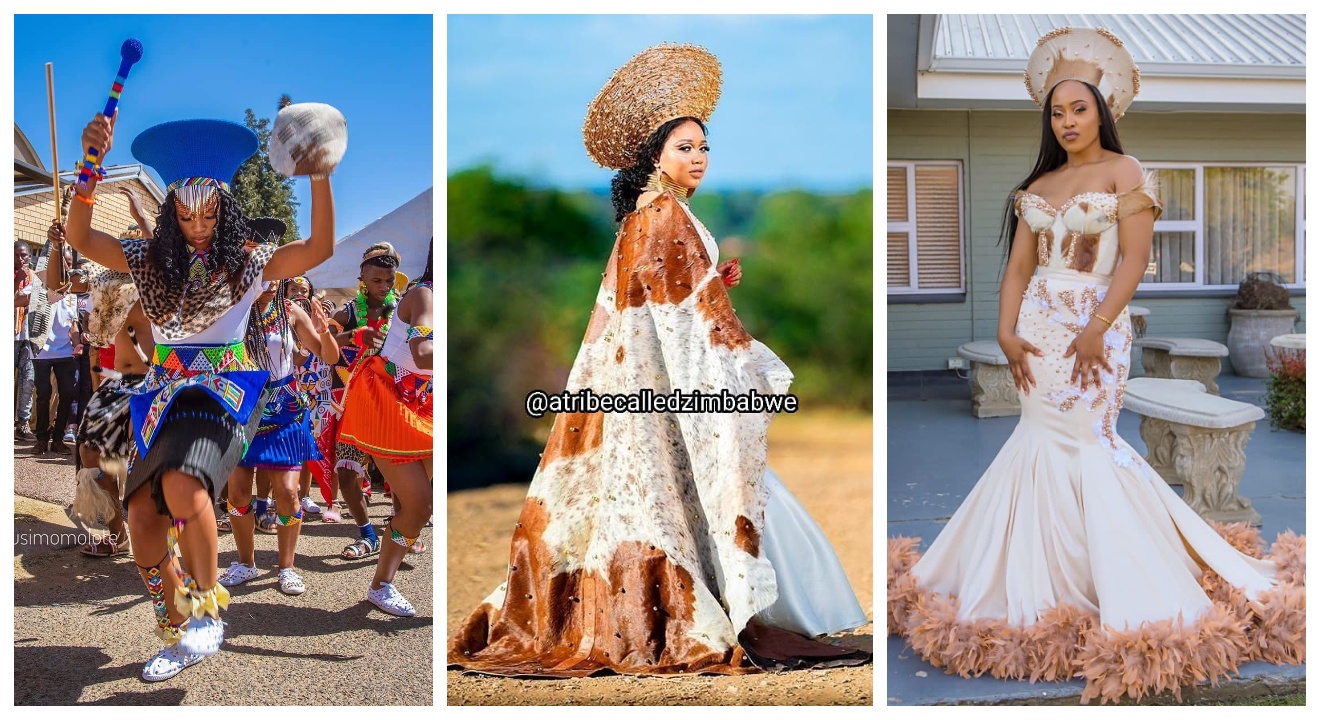
Introduction
Zulu attire plays a crucial role in preserving the rich cultural heritage of the Zulu people. It is not just clothing, but a representation of their history, traditions, and values. This article will delve into the brief history of Zulu attire and discuss the importance of preserving cultural heritage through attire.
Brief history of Zulu attire
Zulu attire has a long and intricate history that dates back centuries. It reflects the vibrant culture and identity of the Zulu people. Traditional Zulu attire consists of various elements, including colorful fabrics, beadwork, accessories, and hairstyles. Each piece of clothing and ornament has a specific meaning and symbolizes different aspects of Zulu life, such as status, age, and marital status.
Importance of preserving cultural heritage through attire
Preserving cultural heritage through Zulu attire is vital for several reasons. Firstly, it allows future generations to connect with their roots and understand the significance of their cultural practices. By wearing traditional attire, Zulu people can maintain a strong sense of identity and pride in their heritage. Additionally, the preservation of Zulu attire contributes to the overall diversity and richness of global cultural heritage. It promotes cultural appreciation and understanding among different communities and helps to combat cultural erosion.
In conclusion, Zulu attire serves as a powerful symbol of cultural heritage. By embracing and preserving traditional clothing, the Zulu people can ensure the continuity of their customs, values, and traditions for generations to come.
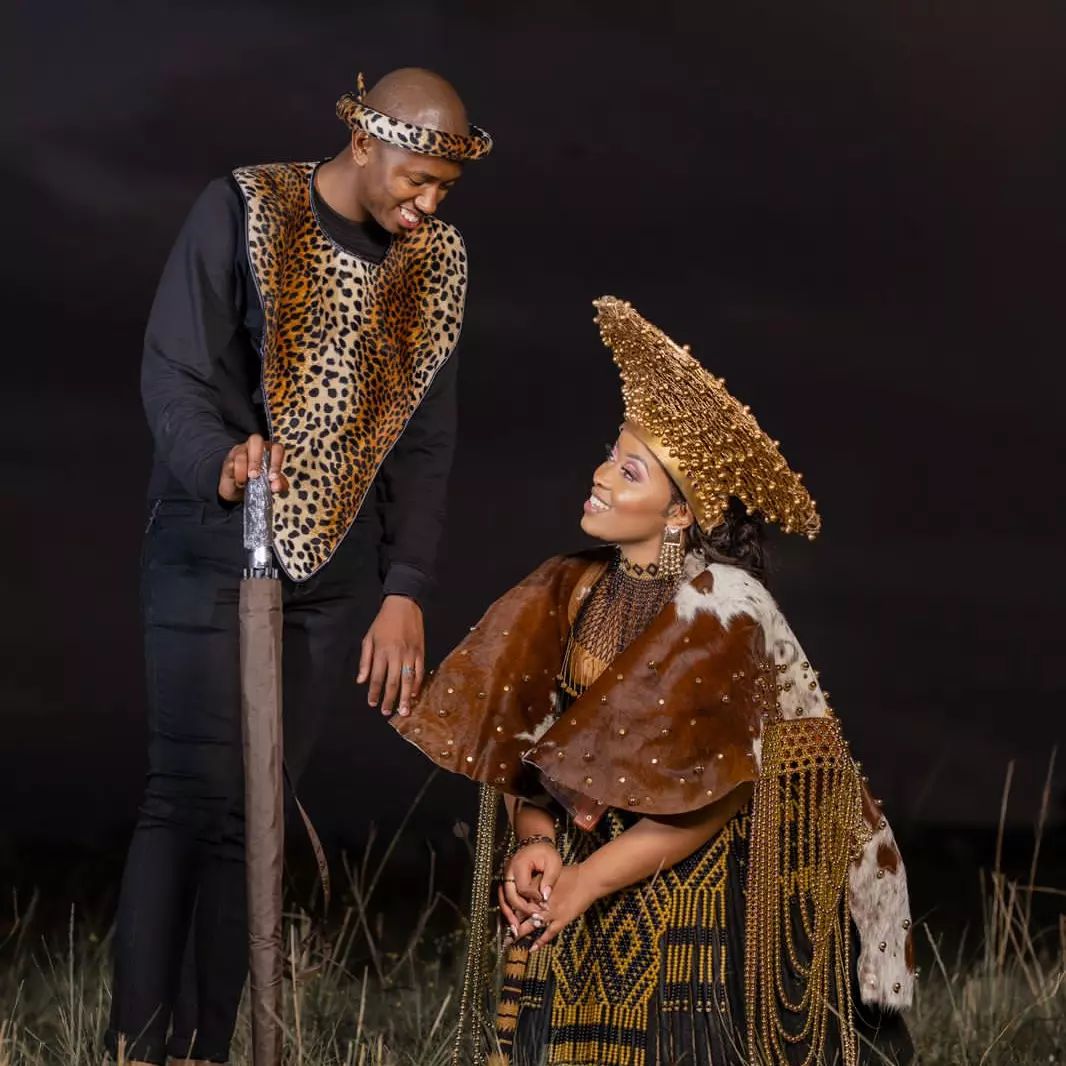
Traditional Zulu Attire
Traditional Zulu clothing for men
Traditional Zulu attire for men is characterized by vibrant and colorful fabrics, intricate beadwork, and accessories that symbolize various aspects of their culture. Men typically wear a “isicolo,” which is a woven hat, along with a “ibheshu,” a skirt made from animal hide or fabric. The “iyayi,” a beaded necklace, is also commonly worn as a symbol of masculinity and status. These traditional clothing items not only reflect the history and traditions but also play a significant role in preserving the cultural heritage of the Zulu people.
Traditional Zulu clothing for women
In Zulu culture, women wear a wide range of traditional clothing that represents their identity and status. The typical attire includes a “isidwaba,” a wraparound skirt made from colorful fabrics, and a “ihawu,” a beaded apron worn over the skirt. Women also adorn themselves with beadwork, such as necklaces, bracelets, and earrings, which hold significant cultural and symbolic meanings. The meticulous craftsmanship and vibrant colors of these clothing items highlight the beauty and pride associated with Zulu cultural heritage.
The traditional Zulu attire for both men and women serves as a powerful reminder of the rich history and customs of the Zulu people. Preserving and embracing these cultural garments helps to ensure the continuity of their traditions and identity for future generations. It also promotes cultural appreciation and understanding among different communities, contributing to the overall diversity of global cultural heritage.
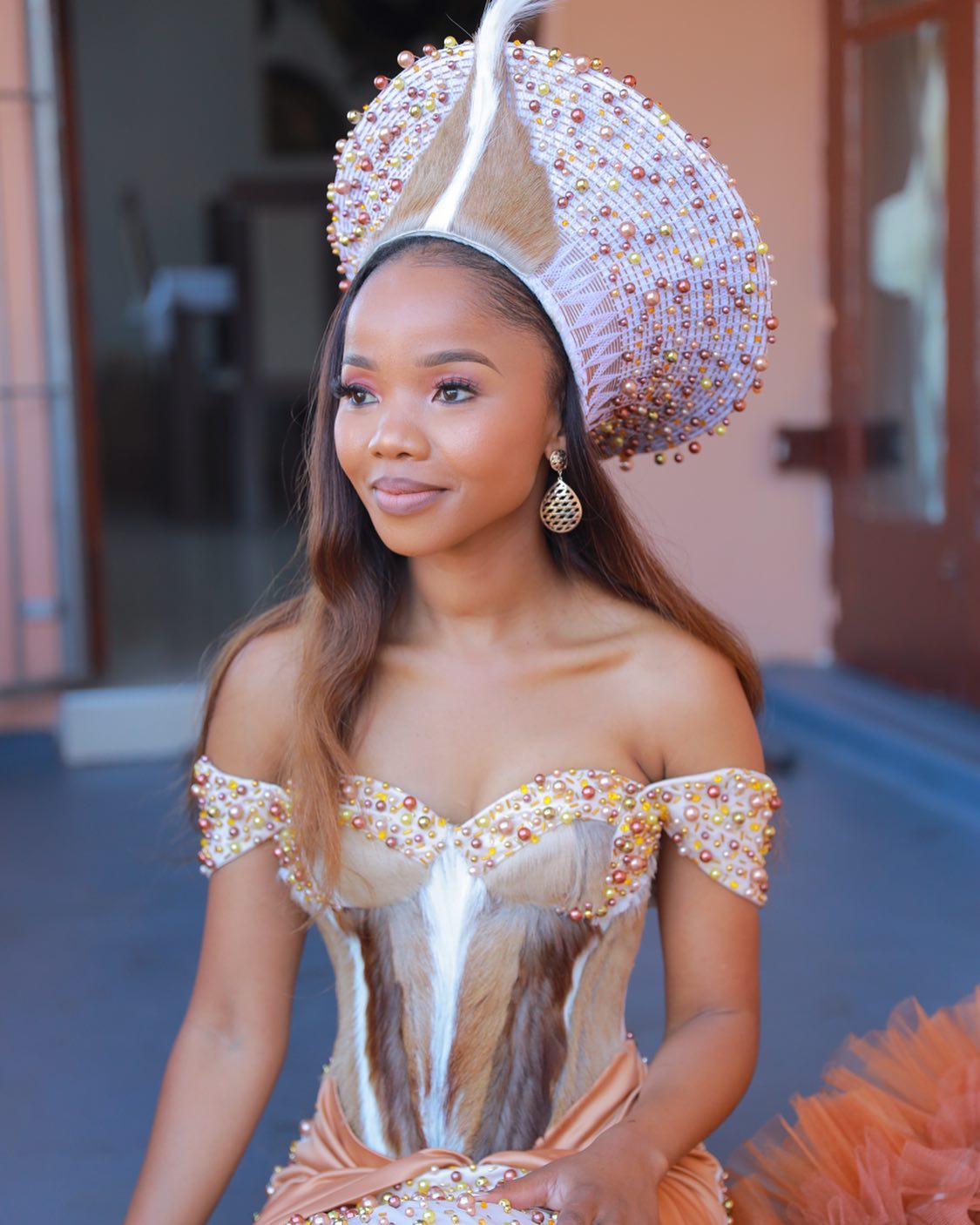
Significance of Zulu Attire
Symbolism in Zulu clothing
Zulu attire plays a vital role in preserving the cultural heritage of the Zulu people. It goes beyond being just clothing; it is a significant symbol of their traditions, identity, and values. Each piece of Zulu attire carries its own unique meaning, reflecting the rich history and customs of the Zulu community.
From the vibrant and colorful fabrics to the intricate beadwork and accessories, Zulu clothing tells a story. The choice of patterns and colors represents various aspects of Zulu culture, such as social status, age, and marital status. Beadwork, in particular, holds significant cultural and symbolic meanings, often symbolizing beauty, spirituality, and protection.
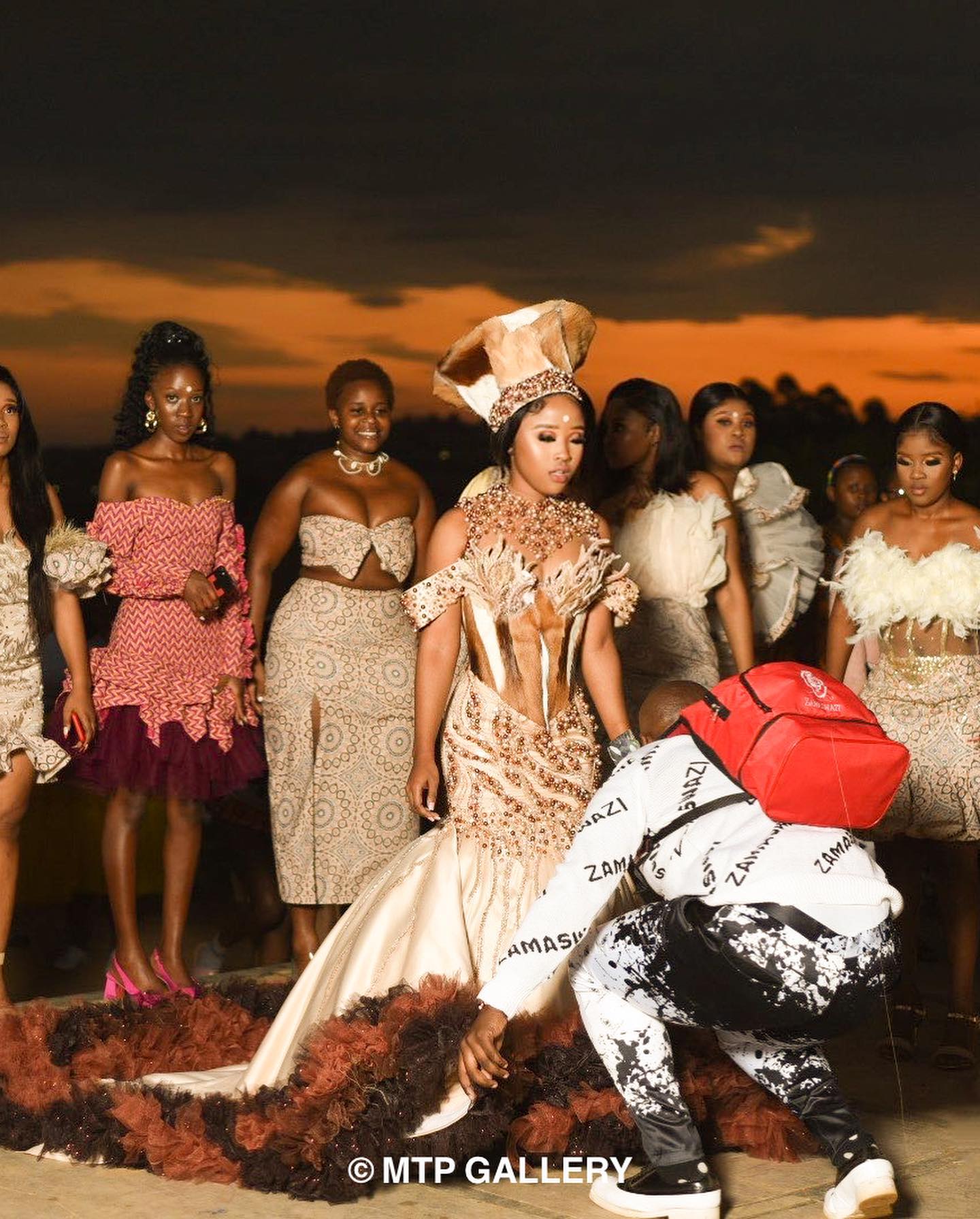
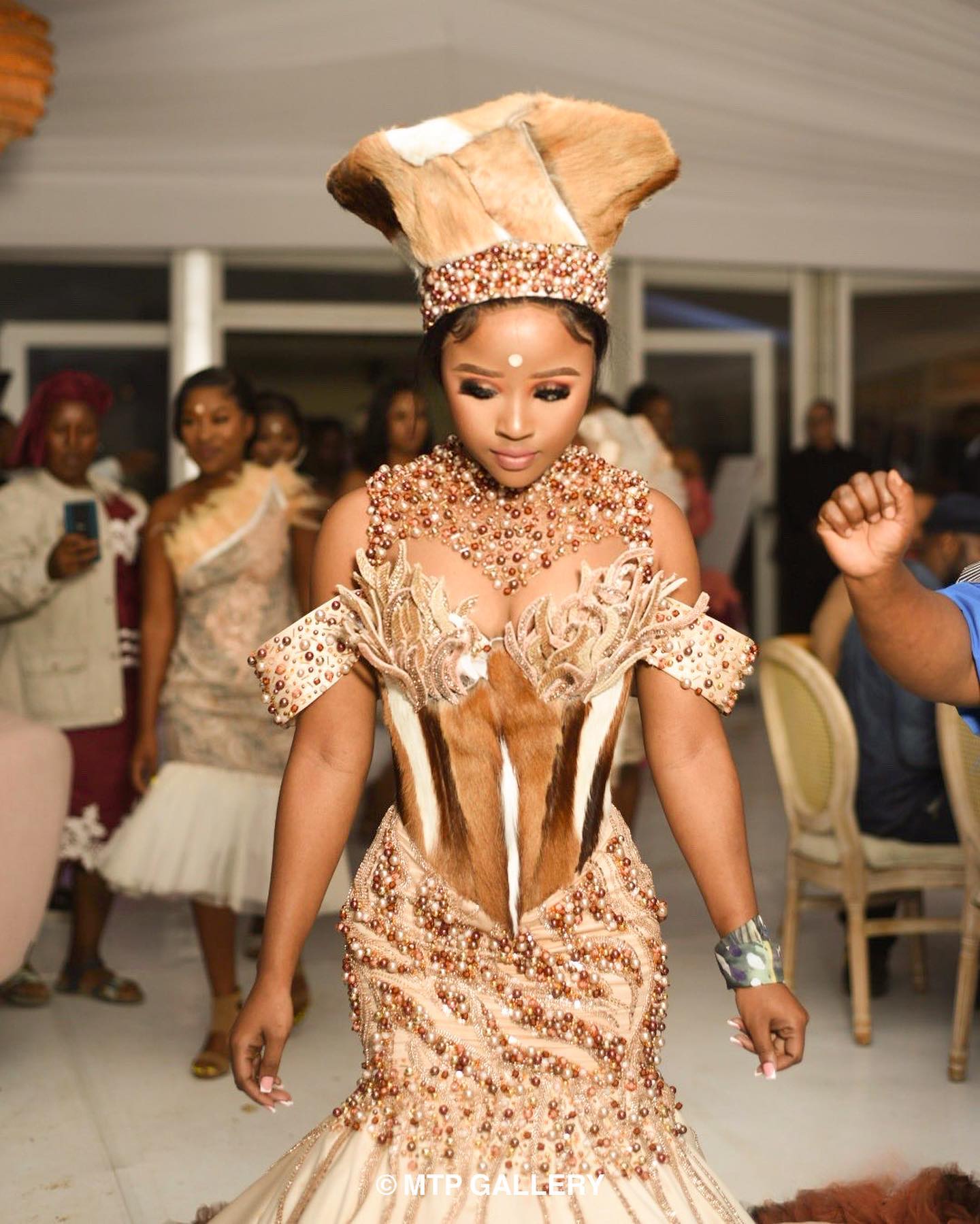
Role of Zulu attire in cultural celebrations
Zulu attire plays a crucial role in cultural celebrations and ceremonies. Whether it’s a wedding, a coming-of-age ceremony, or a traditional dance performance, wearing traditional Zulu clothing is seen as a way to honor and pay respect to their ancestors.
During these occasions, both men and women adorn themselves in their traditional attire, showcasing the beauty and pride associated with Zulu cultural heritage. By wearing these garments, the Zulu people not only celebrate their traditions but also pass them down to future generations.
Overall, the role of Zulu attire in preserving cultural heritage is invaluable. It helps to ensure the continuity of their customs and traditions, fosters cultural appreciation and understanding, and contributes to the diversity and richness of global cultural
Modern Adaptations
Contemporary Zulu fashion trends
While Zulu attire holds deep cultural significance, it has also found its place in modern fashion trends. Today, designers are incorporating traditional Zulu elements into contemporary designs, creating a fusion that celebrates both tradition and style. The vibrant colors, intricate beadwork, and unique patterns of Zulu clothing have caught the attention of fashion enthusiasts around the world. From runway shows to red carpet events, Zulu-inspired garments are making a bold statement.
Influence of Zulu attire in mainstream fashion
The influence of Zulu attire is not limited to African fashion alone. Elements of Zulu clothing, such as beadwork and tribal prints, have permeated mainstream fashion globally. Designers draw inspiration from Zulu culture, integrating these elements into their collections. Celebrities and influencers are often seen sporting Zulu-inspired accessories or incorporating Zulu prints into their outfits. This recognition and appreciation of Zulu attire in mainstream fashion not only validate its cultural significance but also contribute to the promotion and preservation of Zulu heritage.
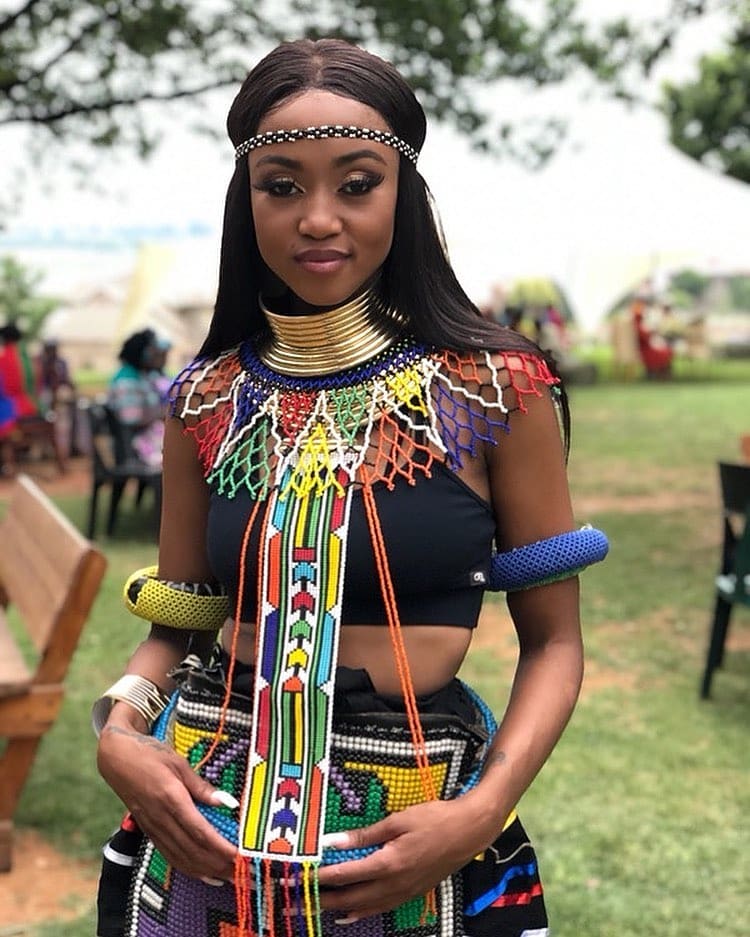
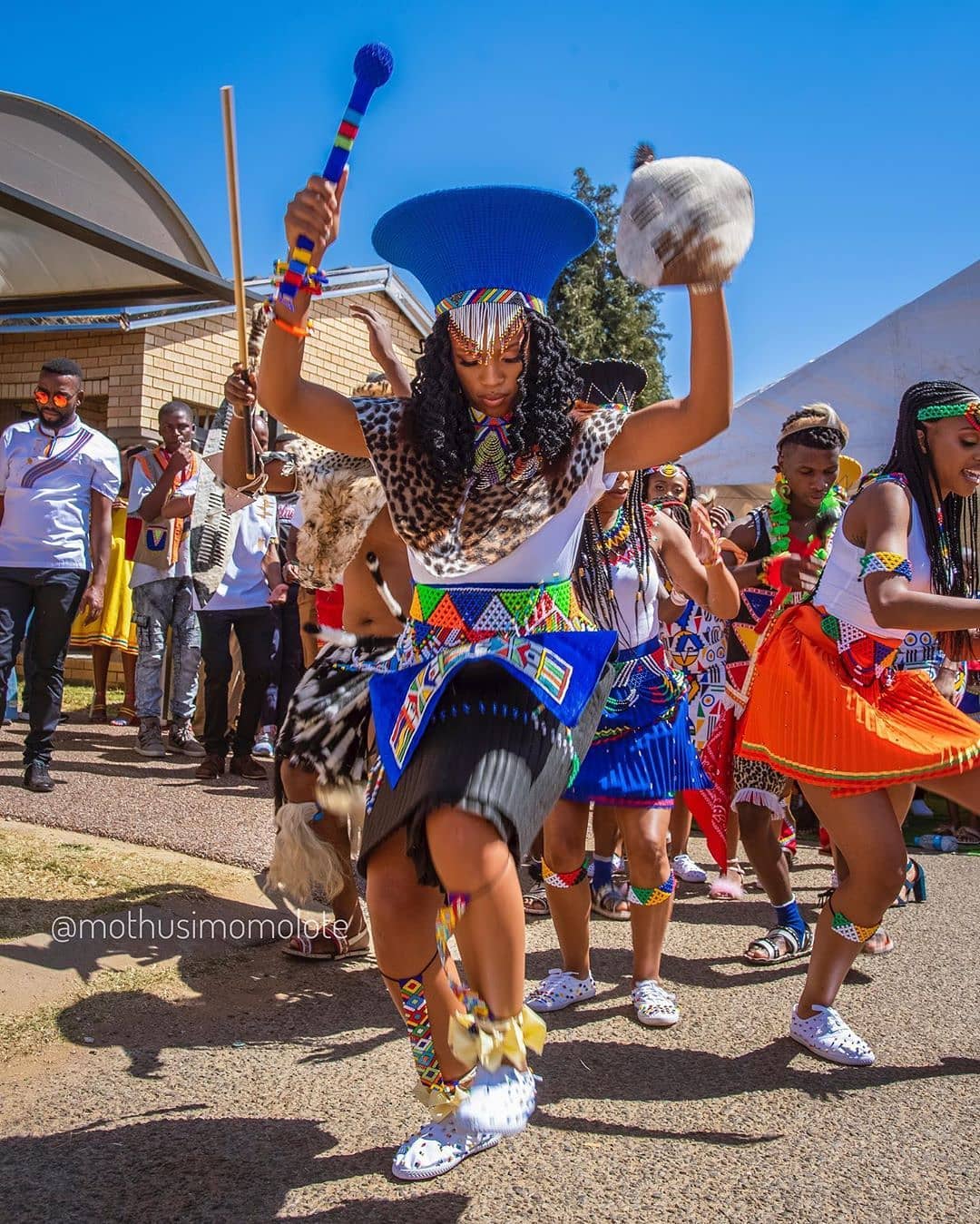
Challenges and Preservation Efforts
Challenges in preserving Zulu attire
Preserving Zulu attire and its cultural significance faces several challenges. One of the major challenges is the modernization and westernization of fashion trends. As mainstream fashion evolves, there is a risk of losing the authenticity and traditional elements of Zulu attire. Additionally, globalization and mass production have led to the production of cheap imitations that dilute the cultural integrity of Zulu garments. The exploitation of Zulu designs without proper recognition or permission from the community is also a concern.
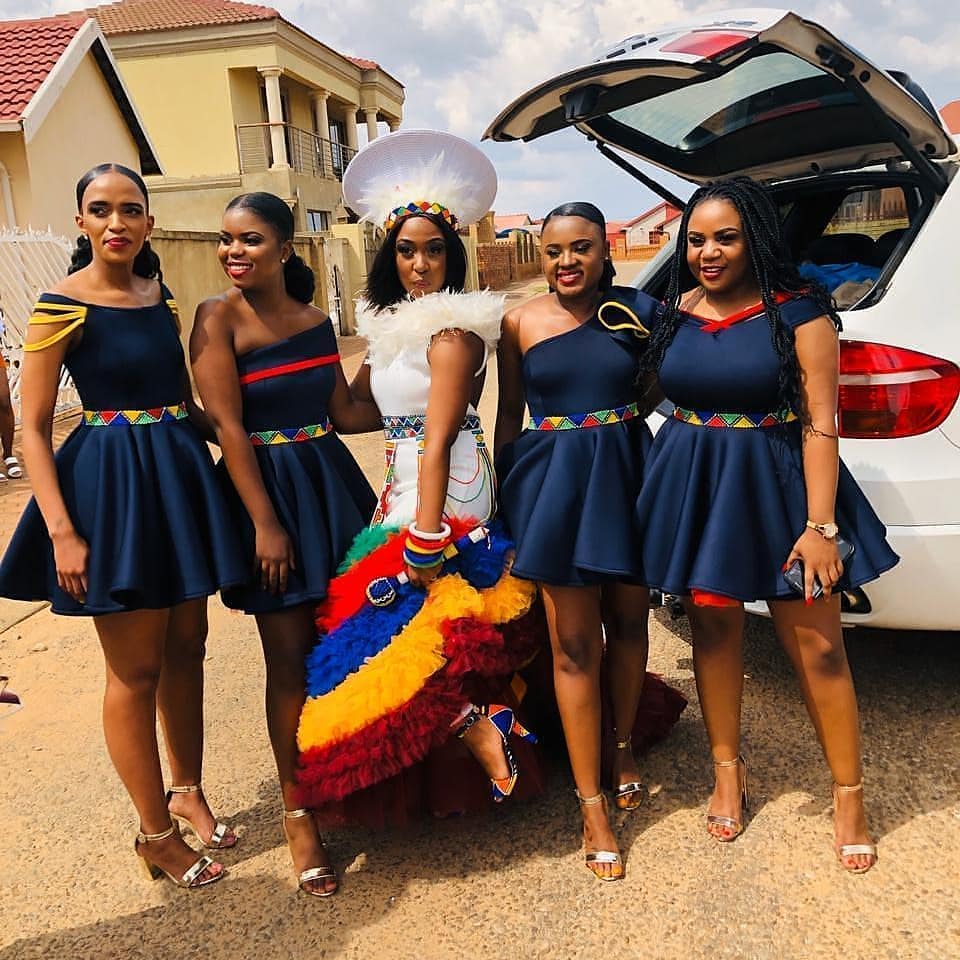
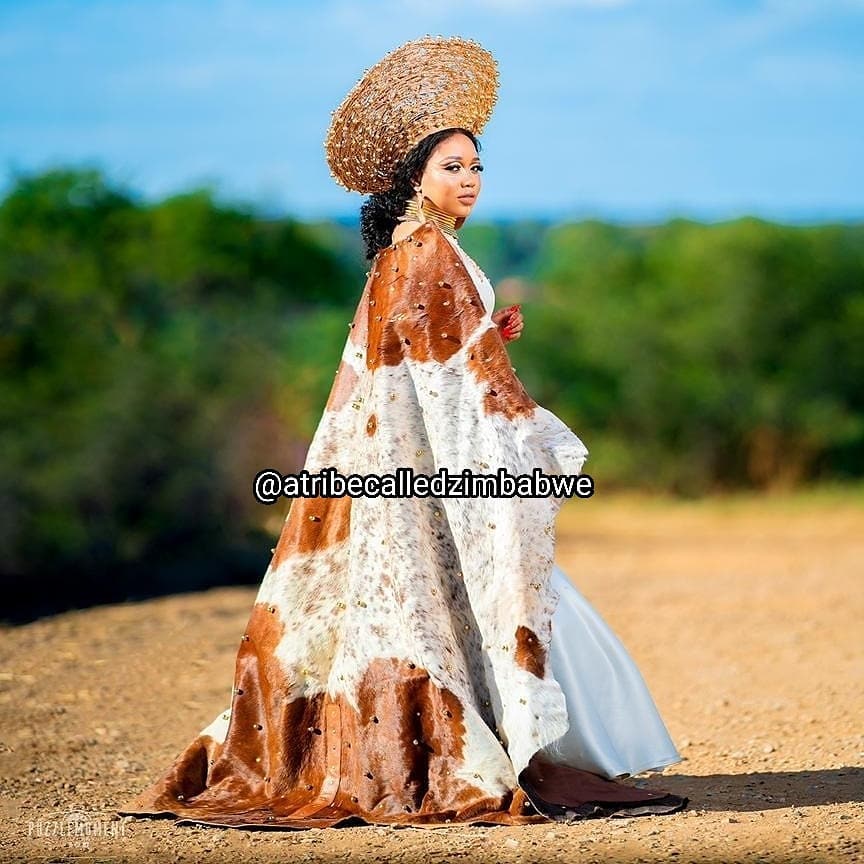
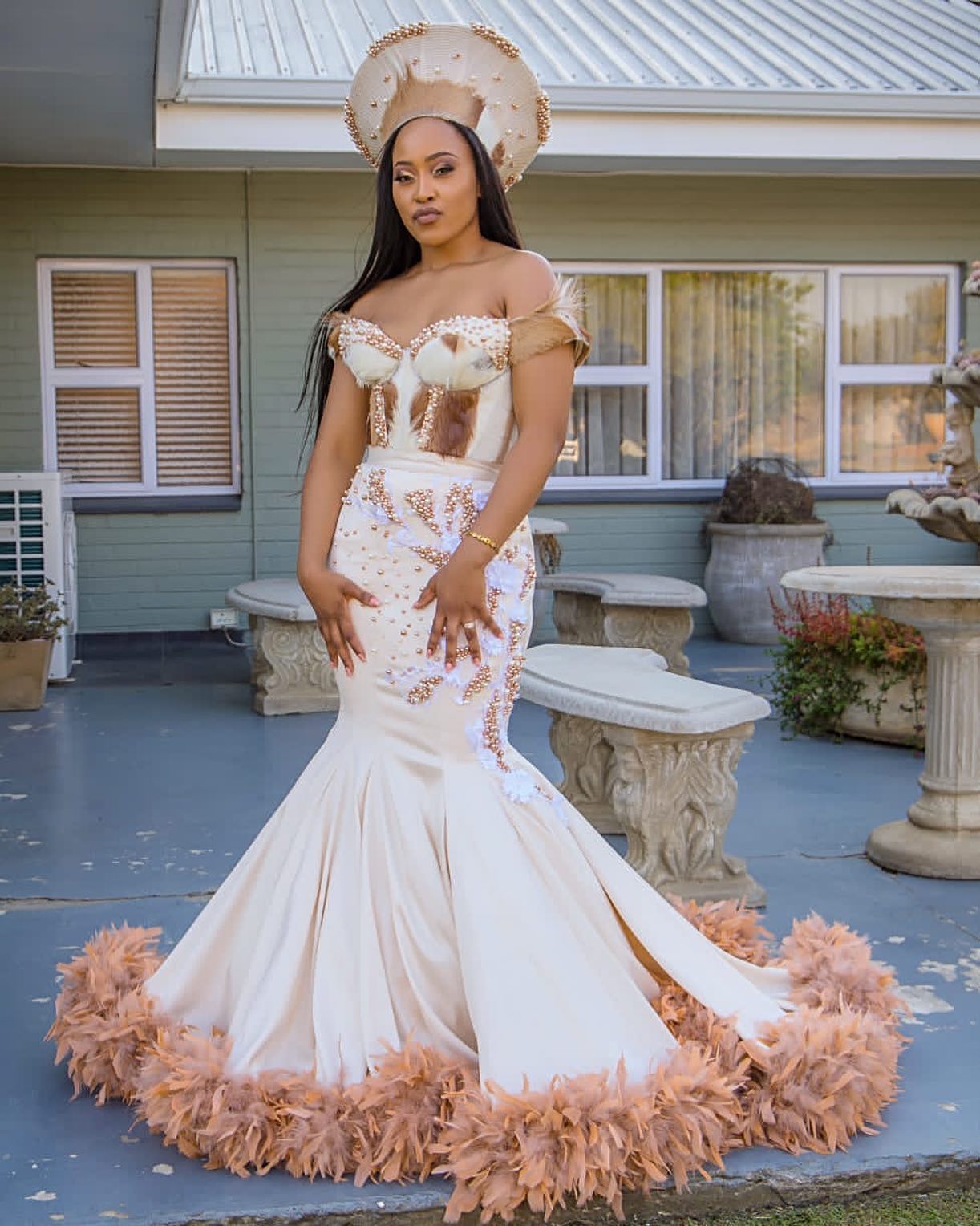
Initiatives to protect and promote Zulu cultural heritage
To combat these challenges, there have been various initiatives to protect and promote Zulu cultural heritage. Organizations and individuals are working tirelessly to raise awareness about the importance of Zulu attire and its cultural significance. Efforts are being made to educate both locals and the international community about the history, symbolism, and craftsmanship behind Zulu clothing. By organizing exhibitions, fashion shows, and cultural events, the value of Zulu attire is showcased and celebrated. Collaboration between designers, artisans, and the Zulu community is also essential to ensure the preservation of traditional techniques and practices. Through these initiatives, Zulu attire continues to play a vital role in preserving the rich cultural heritage of the Zulu people.
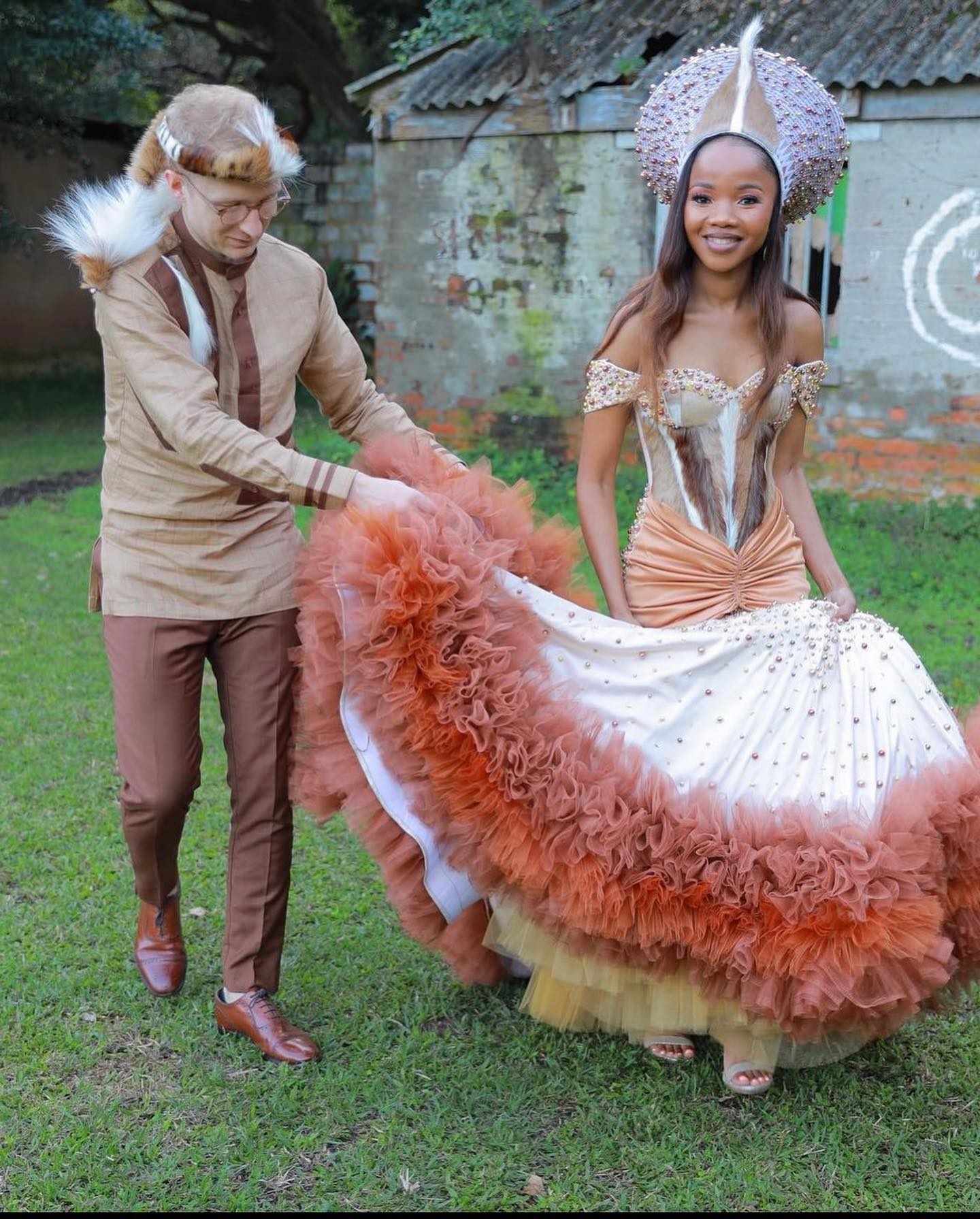
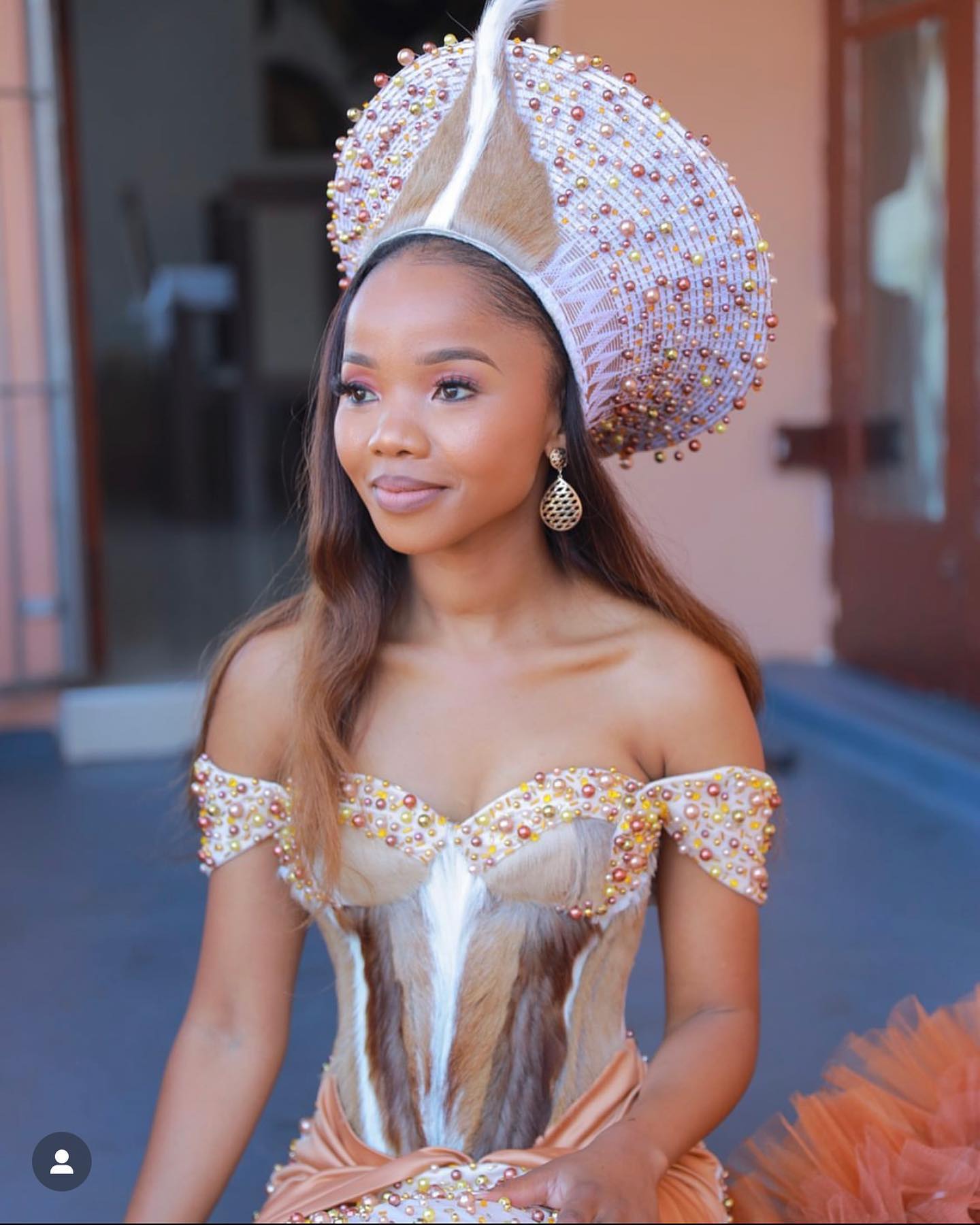
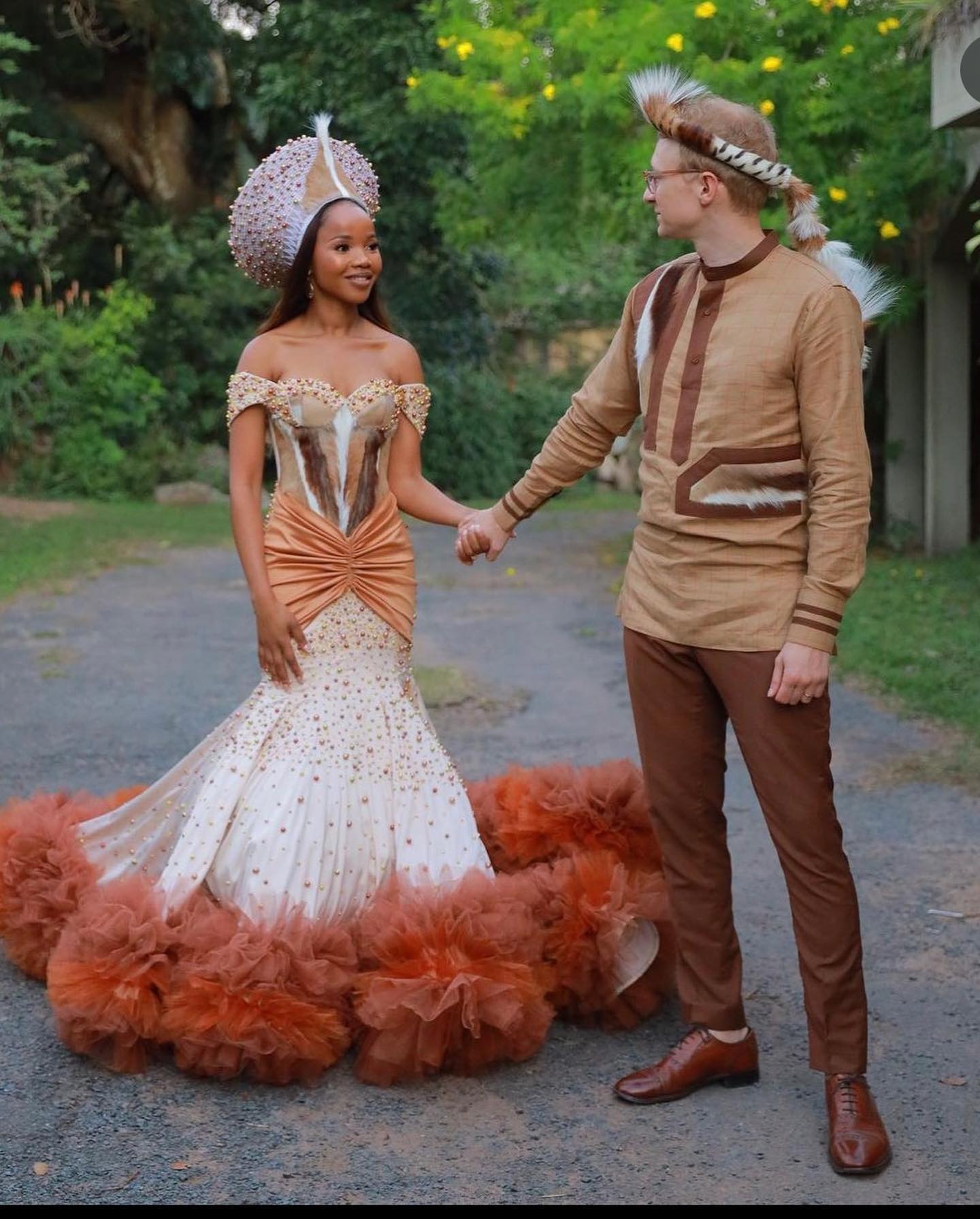
Comments are closed.